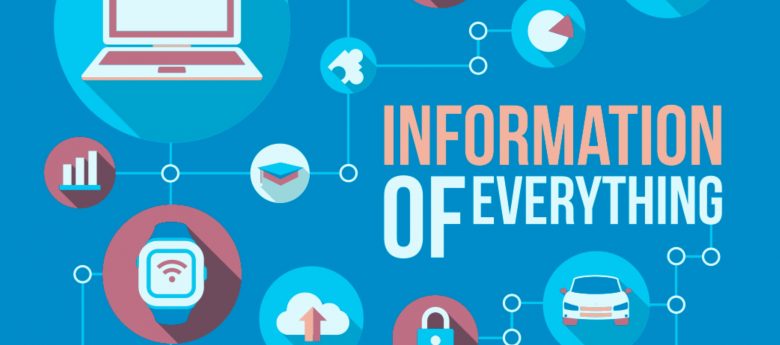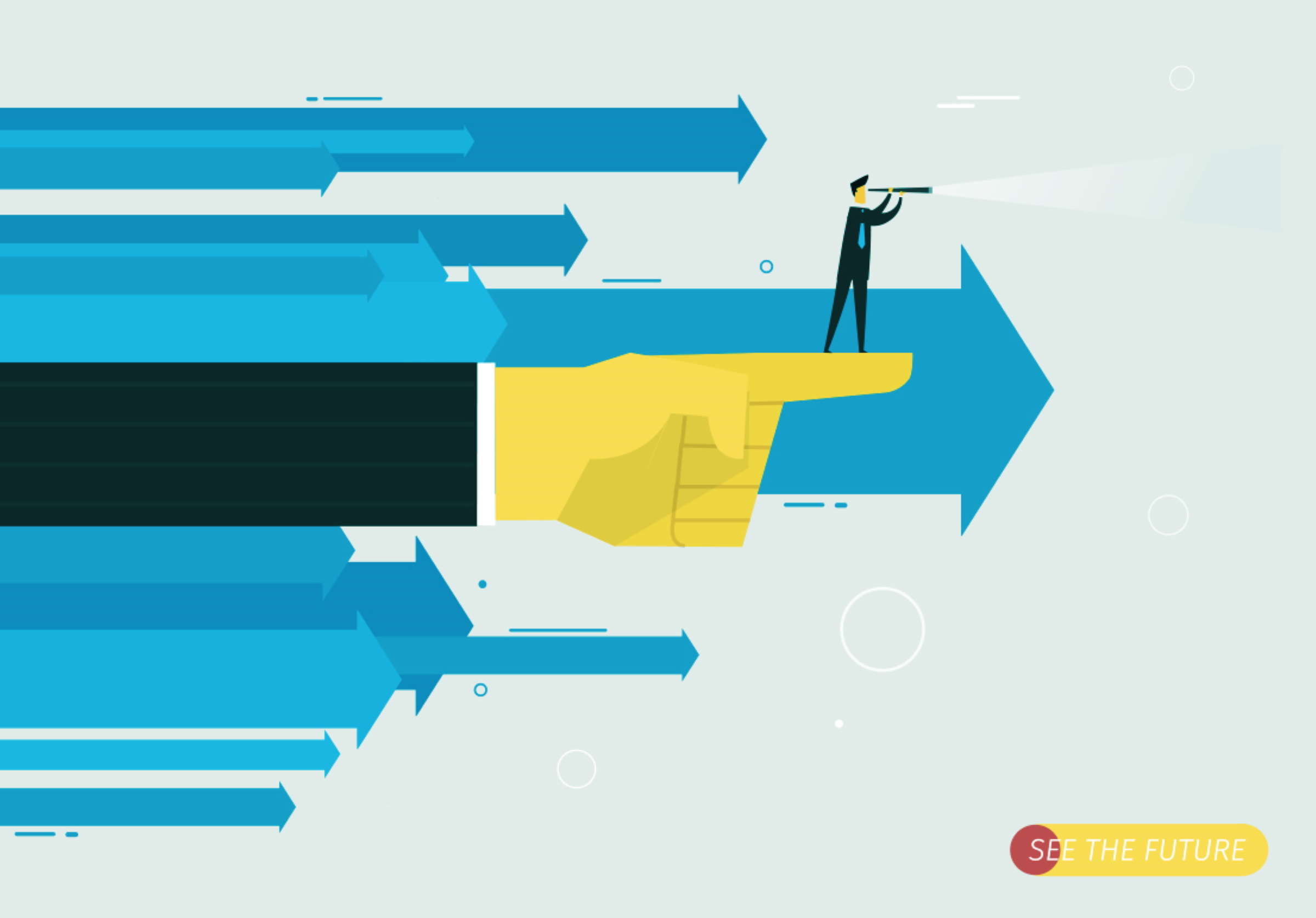The Internet of Things: A Greater Clean

By now, many facility managers are undoubtedly familiar with the concept of the Internet of Things (IoT), which enables 24/7 monitoring and captures insightful data that can help organizations continually improve operations. Over the next several years, the IoT is estimated to have an economic impact of up to $11.1 trillion, and experts predict there will be more than 75 billion IoT-connected devices by 2025.[1]
With productivity and cost savings at stake, it’s more important than ever for those who manage buildings to consider implementing IoT solutions. With the right IoT tools in place, facilities can also support enhanced cleanliness, employee safety, resource savings and brand reputation. In the world of facility management, this is a major game changer.
IoT Solutions Drive Savings
There are a plethora of IoT solutions available to facility managers, including smart elevators, smart lighting and HVAC systems and IoT-enabled smoke detectors. The IoT has even penetrated commercial cleaning, with solutions such as:
- Smart chemical dispensers: Connected chemical dispensers for laundry can report data related to chemical and water consumption, machine operating hours, triggered alarms and more. Walter E. Nelson, the largest family-owned janitorial, paper and chemical distributor in the Northwest, installed a multi-washer dispensing system with IoT features and reduced its chemical dispensing labor and equipment maintenance by 80%.[2]
- Robotic floor care: Robotic floor care machines follow customized maps to clean facility floors while employees work on other key cleaning tasks. Sonar and lidar sensors ensure that these machines avoid obstacles like walls, staircases and people as they autonomously clean. Meanwhile, managers receive alerts when cleaning tasks are complete or when machine tanks need refilling. Automatic floor care machines can save up to 80% on labor costs and use up to 85% less water and chemicals.[3]
- Intelligent hygiene solutions: Running out of essential restroom supplies can result in big problems, especially in high-traffic facilities like airports and malls. Smart dispensers for paper towels, soap and air care have all been developed to avoid lapses in restroom maintenance. Hartfield-Jackson Atlanta International Airport installed a smart monitoring system to alert custodians when restrooms were low on supplies and within just a year, they saw a 40% decrease in paper towel outages and a 22% decrease in tissue paper waste.[4]
Unlocking the Value
Implementing and continuously learning from IoT solutions allows facility managers to realize numerous benefits, including:
- Greater insight into operations. With access to real-time data, facility managers gain a clear understanding of everyday use and can keep up with any immediate or upcoming maintenance needs to reduce downtime.
- Resource and cost savings. By tracking resources, owners and managers can identify when product has been wasted and cut back accordingly. Additionally, having access to product data can help manage inventory and reduce unnecessary and costly shipments.
- Increased productivity. When a chemical dispensing system accurately dispenses the right amount of chemical and water, it eliminates time-consuming rework, thus improving productivity. Additionally, IoT devices like robotic floorcare machines take on timely tasks to allow staff to focus on other important responsibilities.
- Better cleaning results. Cleanliness significantly impacts the way people perceive a brand. Whether a facility uses the IoT to keep track of clean linen or help keep floors and surfaces clean throughout the day, smart devices can provide better cleaning results on the first try, which drives customer and occupant satisfaction.
- Fewer emergency calls. With alarm capabilities, IoT devices alert facility managers when there’s an issue as soon as it occurs, reducing the amount of damage and costs associated with issues that go unaddressed. Quickly resolving matters also reduces the number of building occupant complaints and overall emergencies.

Overcoming Challenges
Incorporating new technology into your day-to-day operations may present challenges. Plan ahead by addressing the following questions:
- Is your current software compatible with an IoT solution? Before investing in smart technology, it’s crucial to determine if legacy software or other solutions are compatible with the new software. Work with your provider to determine which devices will work seamlessly with the new solutions and which may require upgrades or replacement.
- Does the facility manager have enough bandwidth to review data collected by IoT devices? IoT devices collect a large volume of data that needs to be properly analyzed to drive improvement. In some cases, the IoT vendor can analyze the data and provide recommendations. As technology advances, some organizations are recruiting their own chief digital officers to unlock the efficiency and cost savings that this data can provide.
- What is the cost of implementation and what are the projected long-term savings? While the upfront cost might be high, the IoT can deliver impressive long-term savings. Have a plan in place for defining and measuring the ROI of IoT projects once they are installed, as leaders within the organization will want to see evidence that the solutions are delivering as promised.
- How will you incorporate security measures into your smart devices? Protecting data through proper security is key to IoT success. It’s important to work with your IoT provider to address any vulnerable areas, such as weak authentication measures and connectivity issues. Take steps to update software over time, manage remote access and enforce strict control polices.
- Is there a clear plan in place for installing the IoT devices? The plan should detail when installation will occur (ideally on a weekend or off-peak hours for places like office buildings). The plan should also detail where devices will be installed and highlight any phased approaches. For instance, will all restrooms be outfitted with smart dispensers at once or will certain areas undergo trials, with other areas following after a successful test run?
Achieving Greatness
As technology advances and changes the landscape of facility management, it’s important to keep an eye on these shifting trends and innovations, as well as how to successfully incorporate them into an organization. When seeking out IoT solutions, make sure to work with trusted providers to benefit from implementation and security recommendations, data analysis, tracking and other key details that can help improve operations in the long run.
Matt Hayas is global product manager for Hydro Systems, a world leader in delivering chemical dispensing and dosing solutions. Visit www.hydrosystemsco.com to learn more.
[1] www.statista.com/statistics/471264/iot-number-of-connected-devices-worldwide/
[2] www.cleanlink.com/sm/article/Case-Study-Laundry-Business-Turns-To-Chemical-Dispensing-System–20869
[3] www.architectmagazine.com/technology/internet-of-clean-how-robots-are-revolutionizing-and-automating-commercial-and-residential-maintenance_o
